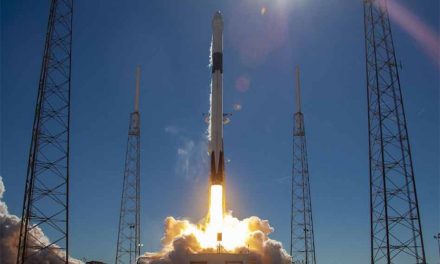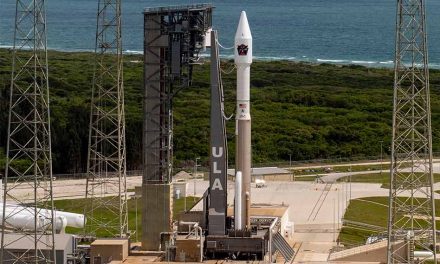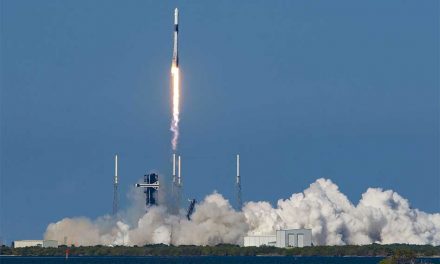All eyes will be on the historic Launch Complex 39B when the Orion spacecraft and the Space Launch System (SLS) rocket lift off for the first time from NASA’s modernized Kennedy Space Center in Brevard County at 8:33am local time this morning.
Artemis I will be the first in a series of increasingly complex missions to build a long-term human presence at the Moon for decades to come.
The primary goals for Artemis I are to demonstrate Orion’s systems in a spaceflight environment and ensure a safe re-entry, descent, splashdown, and recovery prior to the first flight with crew on Artemis II. The SLS rocket will produce 8.8 million pounds of thrust during liftoff and ascent to loft a vehicle weighing nearly six million pounds to orbit. Propelled by a pair of five segment boosters and four RS-25 engines, the rocket will reach the period of greatest atmospheric force within ninety seconds. After jettisoning the boosters, service module panels, and launch abort system, the core stage engines will shut down and the core stage will separate from the spacecraft.
As the spacecraft makes an orbit of Earth, it will deploy its solar arrays and the Interim Cryogenic Propulsion Stage (ICPS) will give Orion the big push needed to leave Earth’s orbit and travel toward the Moon. From there, Orion will separate from the ICPS within about two hours after launch. The ICPS will then deploy a number of small satellites, known as CubeSats, to perform several experiments and technology demonstrations.
On to the Moon
As Orion continues on its path from Earth orbit to the Moon, it will be propelled by a service module provided by the European Space Agency, which will supply the spacecraft’s main propulsion system and power (as well as house air and water for astronauts on future missions). Orion will pass through the Van Allen radiation belts, fly past the Global Positioning System (GPS) satellite constellation and above communication satellites in Earth orbit. To talk with mission control in Houston, Orion will switch from NASA’s Tracking and Data Relay Satellites system and communicate through the Deep Space Network. From here, Orion will continue to demonstrate its unique design to navigate, communicate, and operate in a deep space environment.
The outbound trip to the Moon will take several days, during which time engineers will evaluate the spacecraft’s systems and, as needed, correct its trajectory. Orion will fly about 62 miles (100 km) above the surface of the Moon, and then use the Moon’s gravitational force to propel Orion into a new deep retrograde, or opposite, orbit about 40,000 miles (70,000 km) from the Moon.
The spacecraft will stay in that orbit for approximately six days to collect data and allow mission controllers to assess the performance of the spacecraft. During this period, Orion will travel in a direction around the Moon retrograde from the direction the Moon travels around Earth.
Return and Reentry
For its return trip to Earth, Orion will do another close flyby that takes the spacecraft within about 60 miles of the Moon’s surface, the spacecraft will use another precisely timed engine firing of the European-provided service module in conjunction with the Moon’s gravity to accelerate back toward Earth. This maneuver will set the spacecraft on its trajectory back toward Earth to enter our planet’s atmosphere traveling at 25,000 mph (11 kilometers per second), producing temperatures of approximately 5,000 degrees Fahrenheit (2,760 degrees Celsius) – faster and hotter than Orion experienced during its 2014 flight test.
After about four to six weeks and a total distance traveled exceeding 1.3 million miles, the mission will end with a test of Orion’s capability to return safely to the Earth as the spacecraft makes a precision landing within eyesight of the recovery ship off the coast of Baja, California. Following splashdown, Orion will remain powered for a period of time as divers from the U.S. Navy and operations teams from NASA’s Exploration Ground Systems approach in small boats from the waiting recovery ship. The divers will briefly inspect the spacecraft for hazards and hook up tending and tow lines, and then engineers will tow the capsule into the well-deck of the recovery ship to bring the spacecraft home.
Source: NASA




















